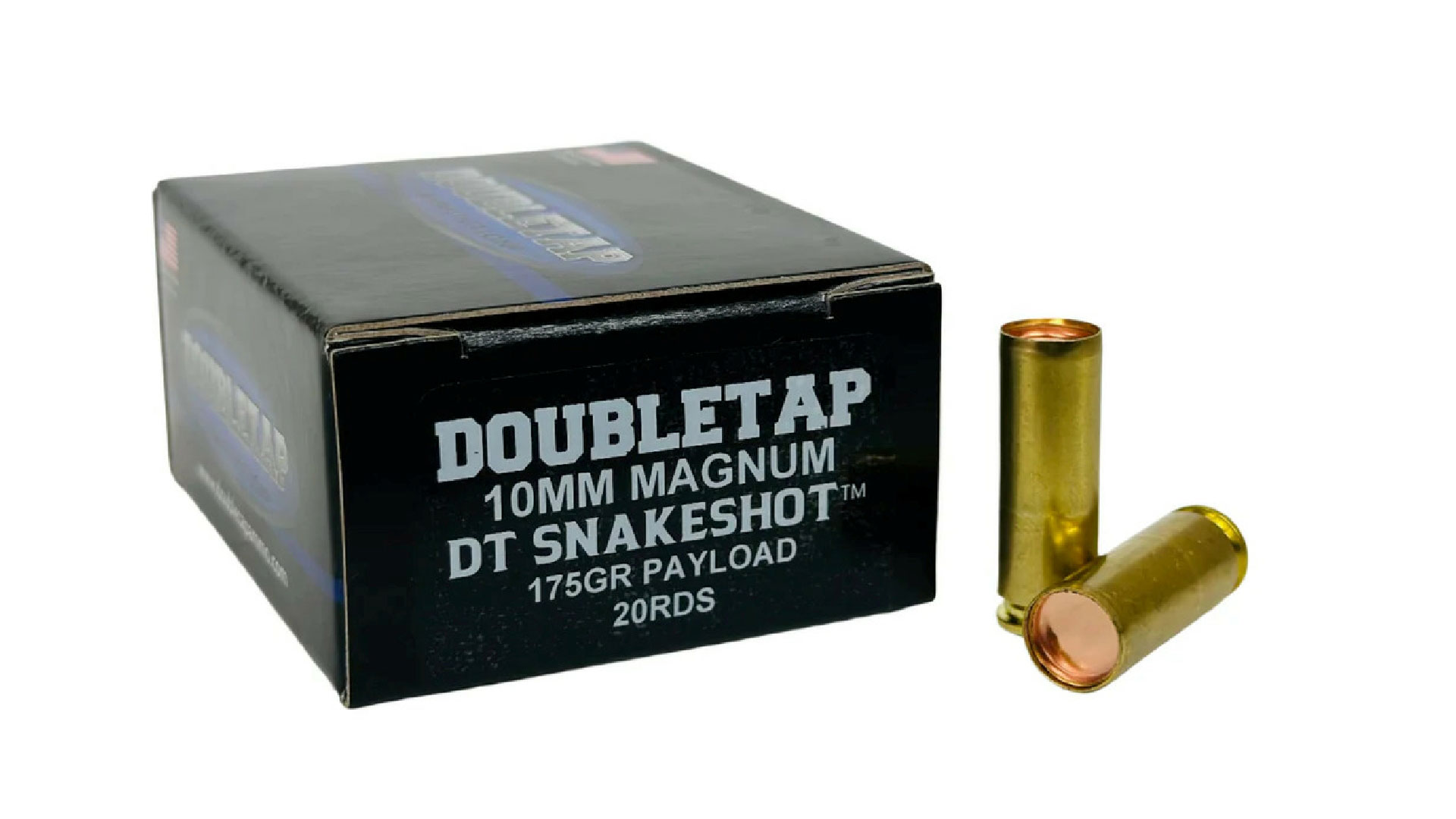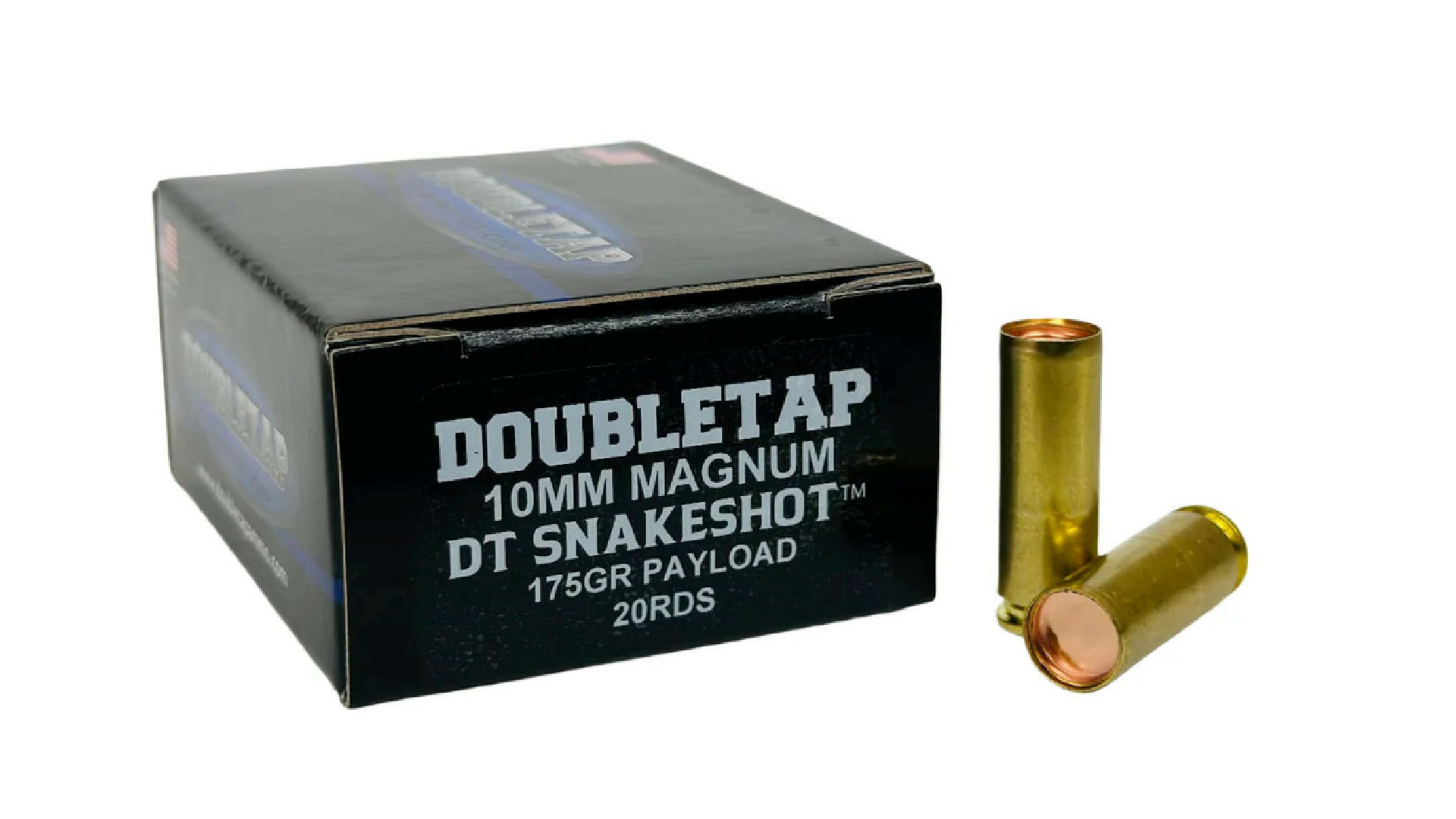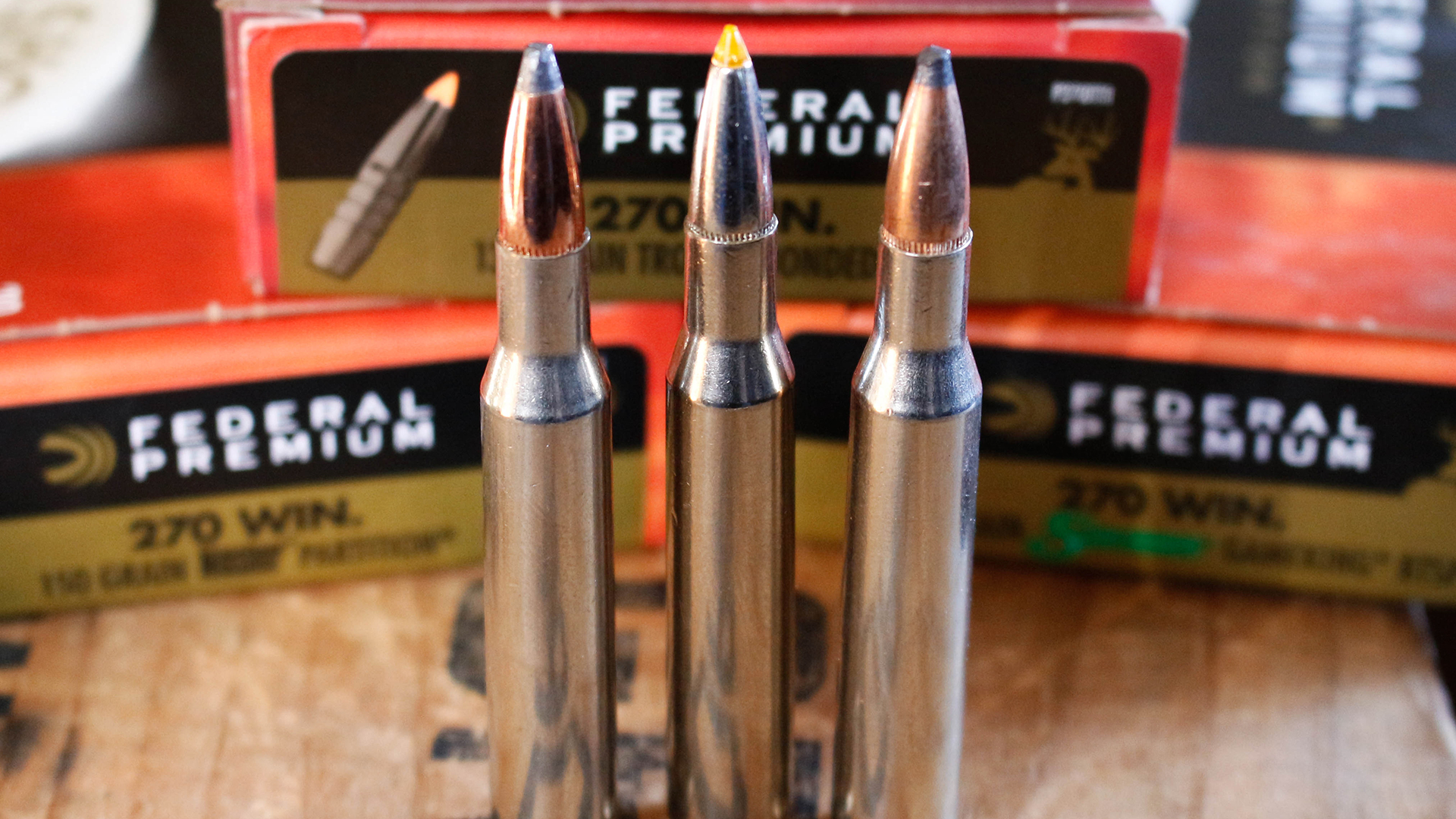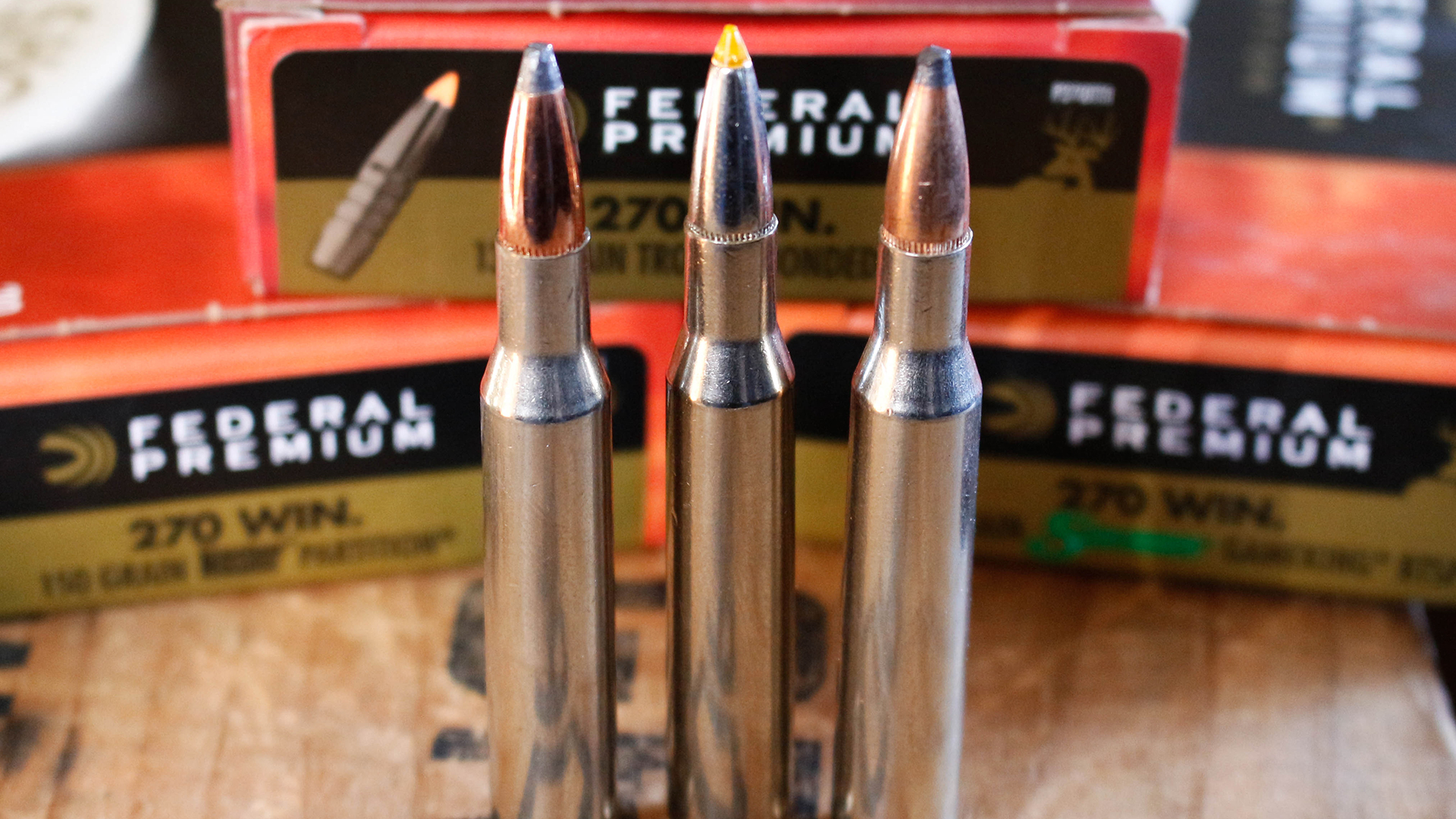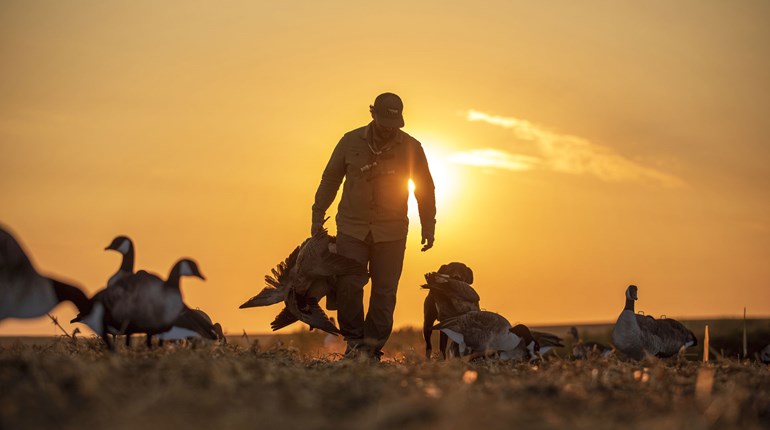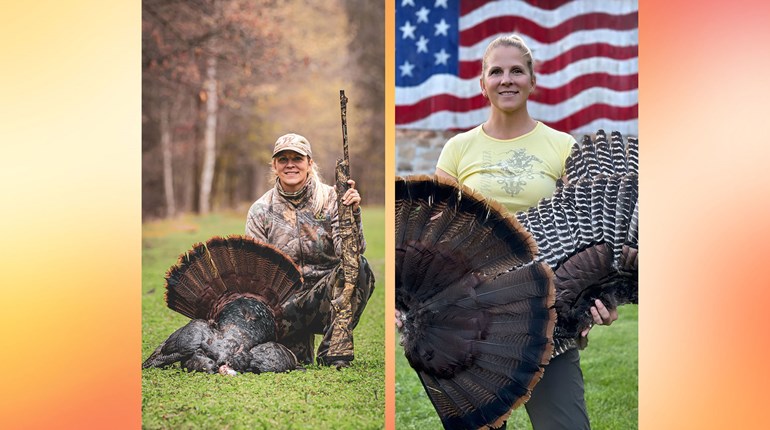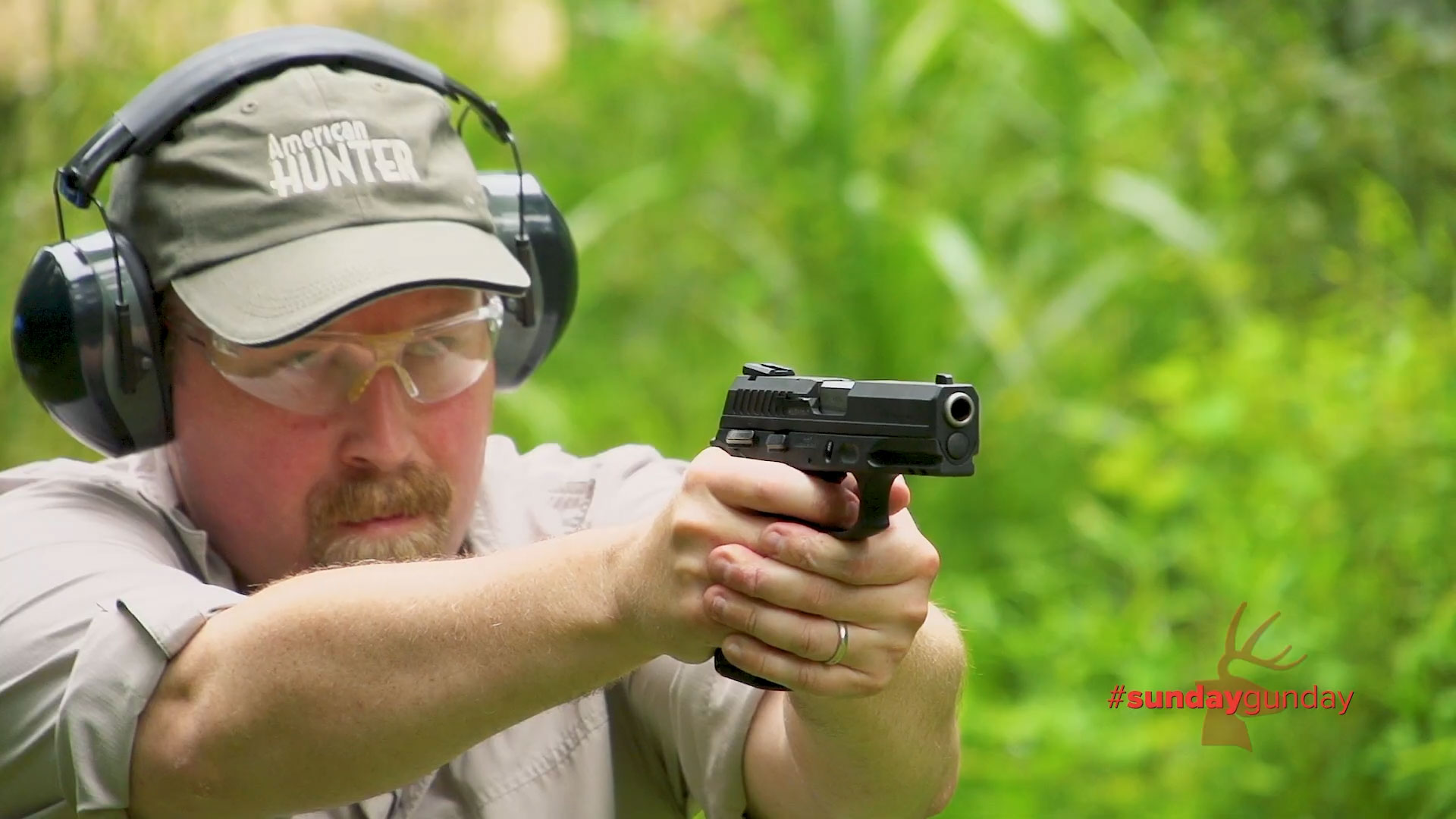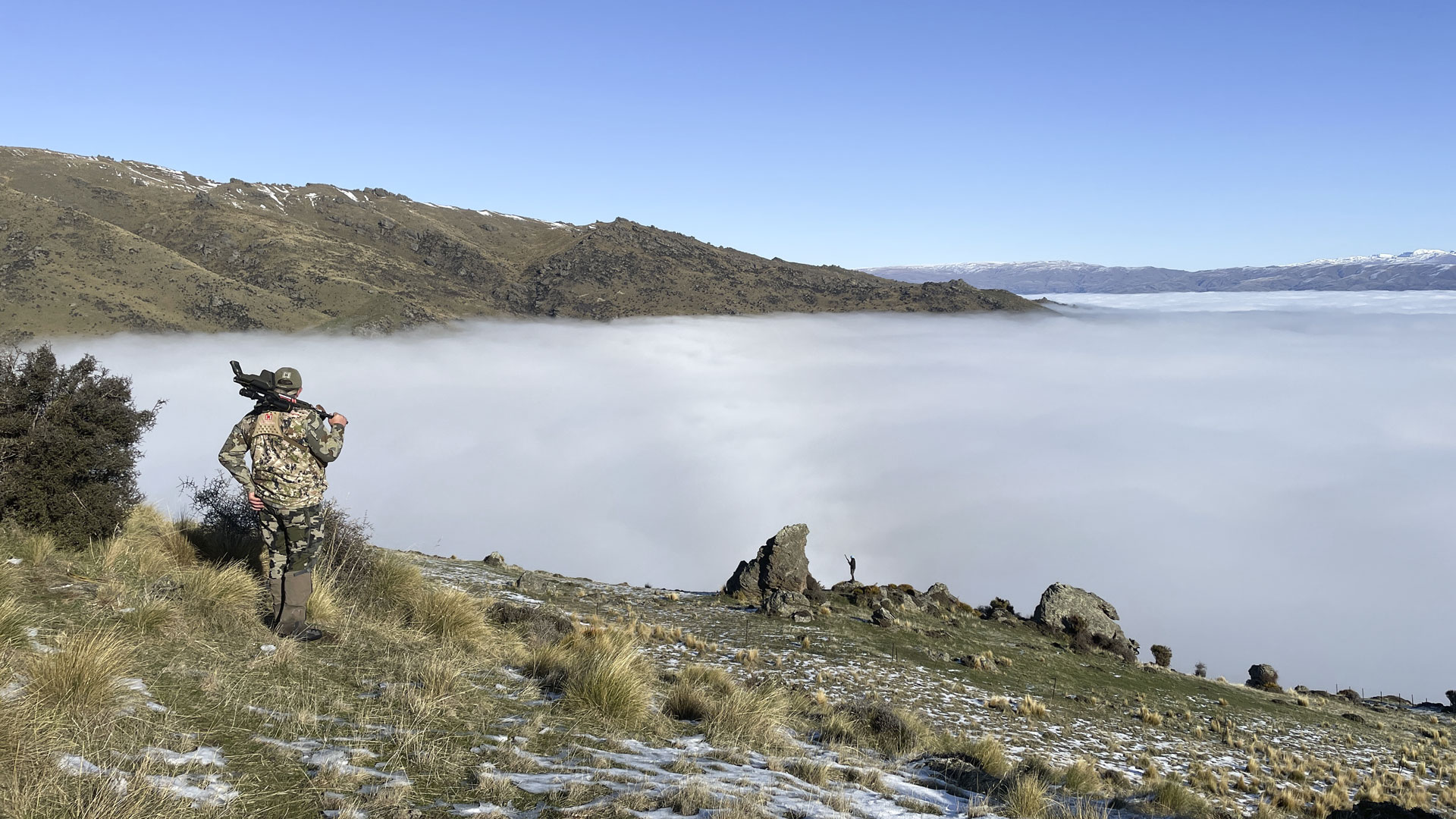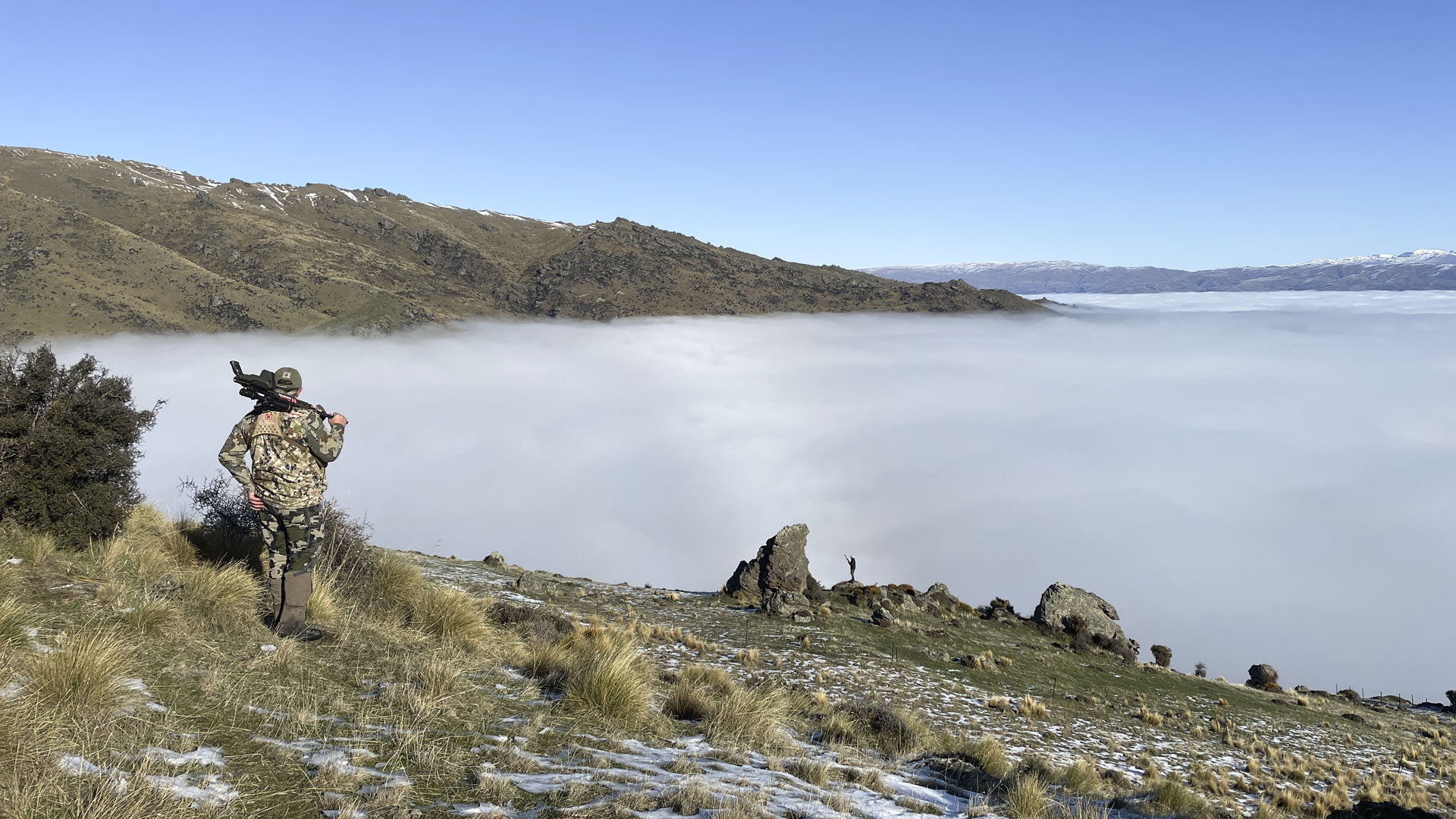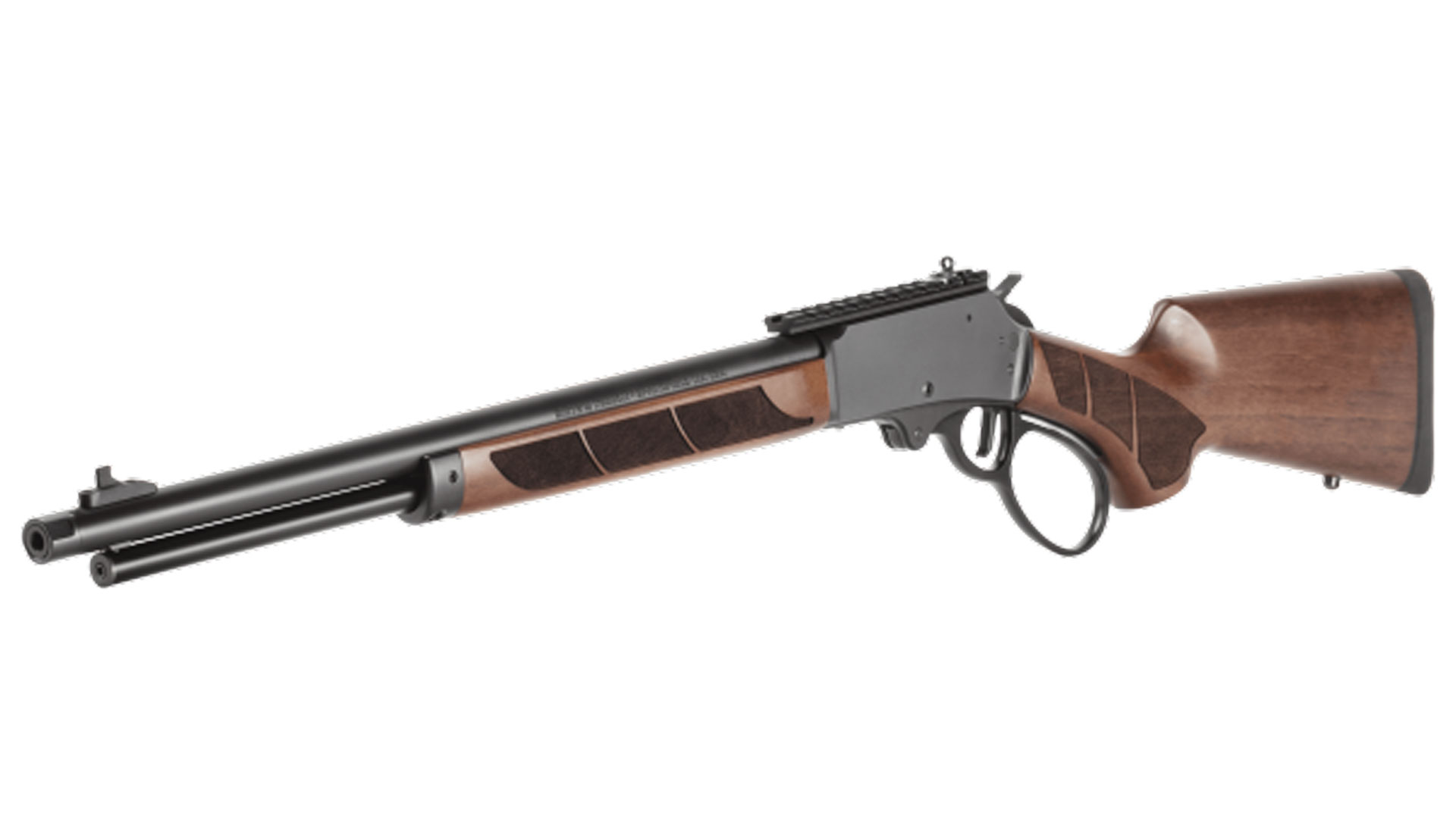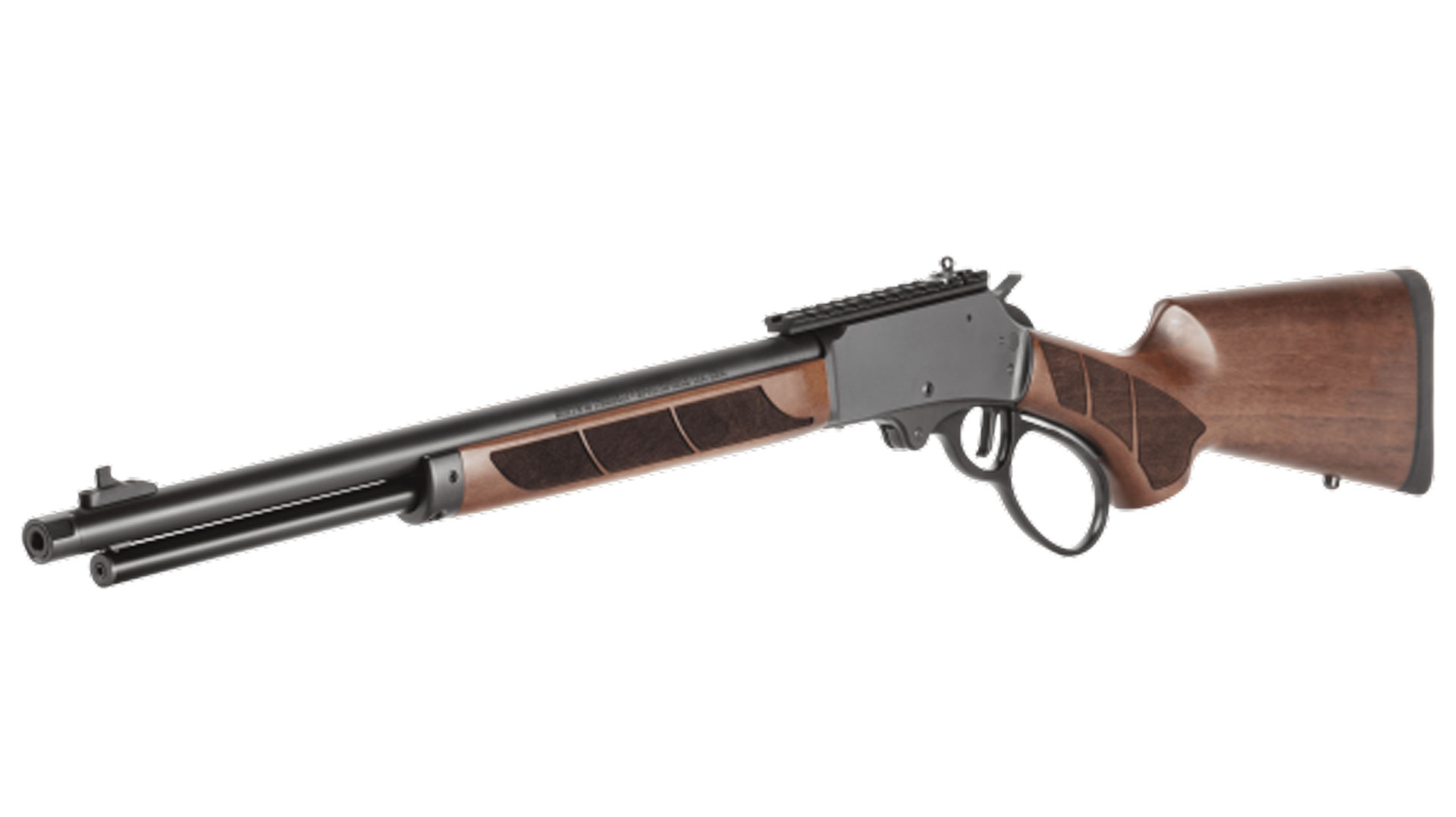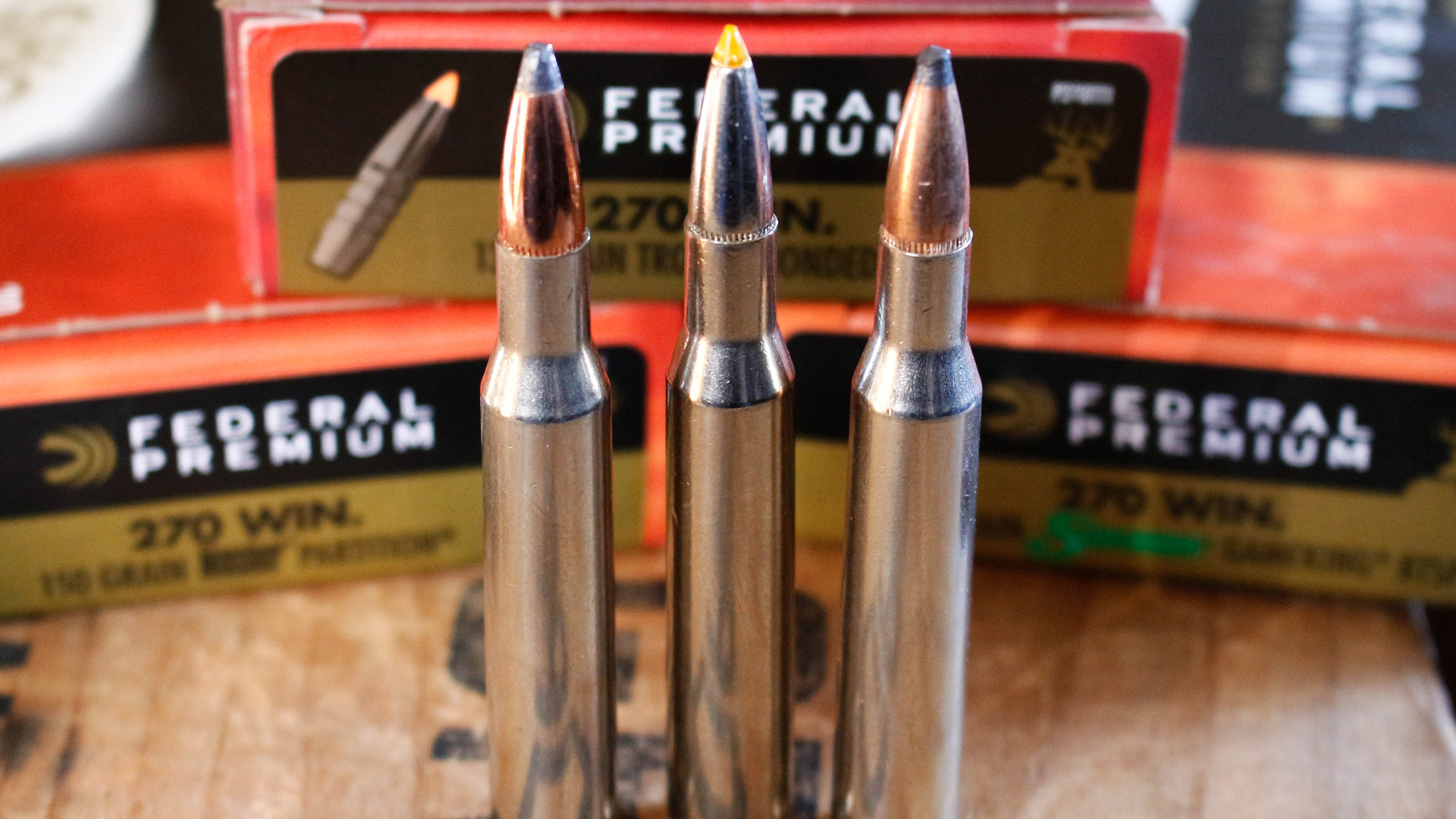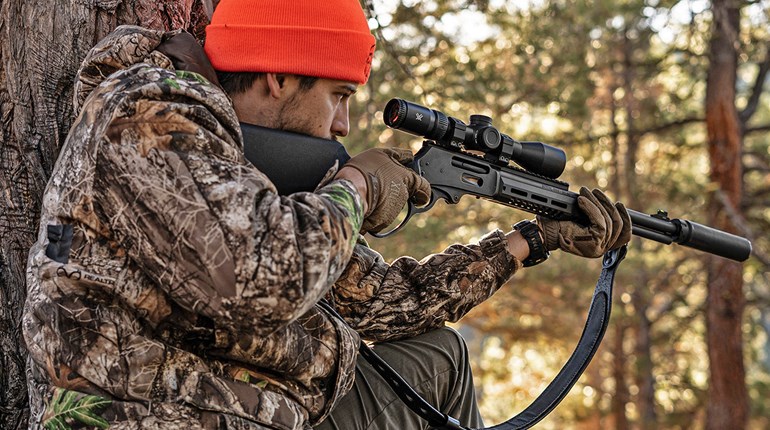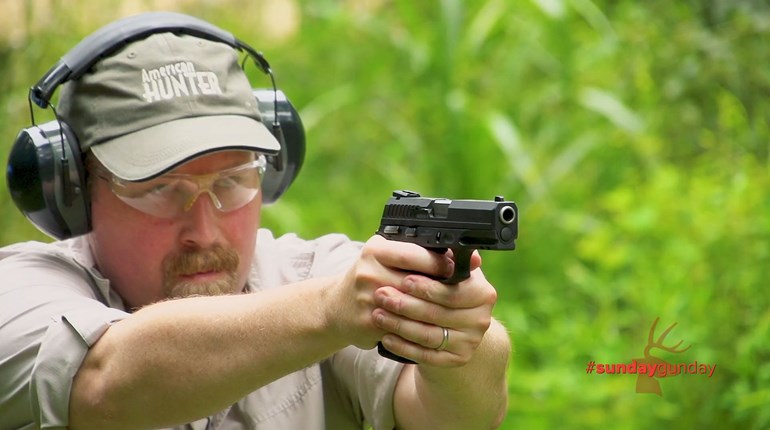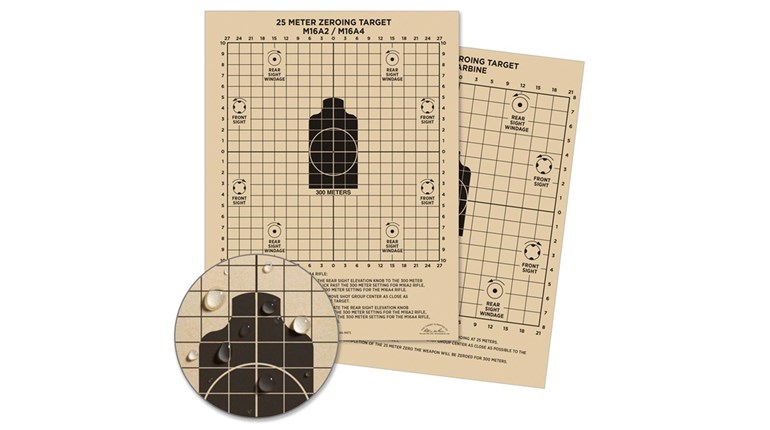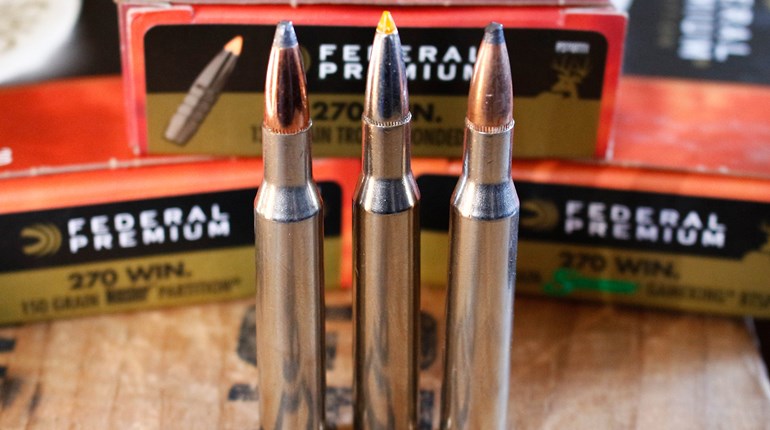
Frankly, the cat-and-mouse game had gone on too long. It had to end. Thus, after more than a week of pursuing the boisterous tom who had the inconvenient habit of irregularity, I opted for a “Hail Mary” play. With little more than an hour before I had to be back at the truck, I decided to go barebones with my gear—no portable blind, no decoys, etc.—and risk approaching as close as possible; maybe too near. “What does it matter,” I thought, as the gobbler was seemingly unpredictable. If the plan failed, it’d just be another “X” on the calendar.
Clad with a mishmash of discount camouflage and a nearly empty turkey vest surrounding my torso, the only other essential item that accompanied me was a Benelli Super Black Eagle 2 12-gauge shotgun loaded with one 3 ½-inch Federal TSS shell filled with No. 7 shot, backed by two 3-inch Remington Premier TSS containing the same shot. With gun in hand—and excess weight and bulk removed—I hastily dropped to the winding creek bottom, heading toward the tom’s frequent roosting area. Sure enough, I was greeted by a euphony of gobbles wafting across the flat.
Rushing directly in would be a losing proposition; from his perch among the tallest poplars lining the hillside, the gobbler would surely see me. As such, I chose a longer but more circuitous route that mostly hid my approach. I crossed my fingers. My set up would have the bird pitch from his roost and land in the small field, then walk within shooting range. But, there was no guarantee; oftentimes the gobbler glided to another field upstream or a field behind him.
Easing into position behind a stately walnut tree with dangling vines, which would serve to disrupt my outline, I commenced calling with my Primos “The Karen” diaphragm call. The gobbler replied straightaway. Game on. Since the bird readily responded, I reduced the frequency of calling. The hen wasn’t coming to him; the gobbler had to make the first move. And that he did. I was alerted when, after a taking short break from sounding off, I heard the telltale flurry of flapping, followed by the sight of the oversized object angling toward the ground in front of me.
Landing around 30 to 35 yards distant, I immediately verified its sex (easy to do considering its size, head, and lengthy beard) and took aim. Instantly, the gobbler recognized its predicament, but it was too late; the Benelli spoke, bringing to bag yet another tough Virginia tom. The time was 6:50 a.m. Proof that the Spartan approach works well.

It’s easy to get caught up in the “stuff” associated with hunting—especially turkeys. How couldn’t you be? Visit the website of any online retailer preseason and you’ll be inundated directly with images of the latest and must-have products, as well as dramatic photos of strutting longbeards and successful hunters. The unashamed marketing captures the mind and wallet. Even if you avoid such websites, the avid outdoorsman generally receives flyers and catalogues dedicated to the pursuit of spring gobblers, advertising everything that could remotely be used while pursuing them. For me, they make great toilet literature, nothing more. Why? After three decades of chasing gobblers in my home state and elsewhere, as well as hunting alongside some of the country’s best turkey hunters, I’ve learned that, to be successful, you don’t need much gear.
Below you’ll find those items that I feel are essential, as well as some that are helpful. Explanations are provided for each. Ultimately, only you can decide what accompanies you this spring.

Camouflage and Boots
Complete camouflage cover is mandatory. According to Mossy Oak, “It’s widely accepted that wild turkeys can see three times sharper than a hunter with 20/20 vision and nearly eight times farther.” Other sources validate the remarkable eyesight of your quarry, too. If you’ve hunted turkeys even a few times, you’ll note their uncanny ability to detect the slightest movement—remember, they’re prey for bobcats, mountain lions, coyotes, eagles, and other species—but pair that with eyesight much greater than that of humans, and you see why the ability to disrupt the human silhouette and/or blend in with the environ is critical. What’s more, when you’re calling in a gobbler, the bird is actively searching for another turkey, not merely strolling by. So, you must hide well and remain still to avoid detection.
There is an abundance of camouflage patterns from which to choose, and it seems more are announced annually. As long as you’re not in the wide open with nothing in front or back of you, nigh any pattern will work. Depending on availability (due to laundering), I often wear a mix of patterns ranging from desert combat uniform (DCU) trousers to newfangled designs by top makers (bought on clearance from big box stores). Never seems to matter. As long as you’re motionless upon its approach (i.e. when the bird is looking at you), it’ll be none the wiser.
Concerning clothing, please check to see if your state requires hunter orange during any part of the hunt. Certainly after killing a bird, it’s advisable to be highly visible to other hunters while exiting the field.
Lastly, ensure that you have quality footwear. If you’re covering great distances or tough terrain, you’ll be thankful for buying quality. I also demand that my boots are waterproof (for crossing creeks and fending off the heavy dew every morning late in spring). If you’re in snake country, consider getting snake-resistant boots or gaiters.

Firearm, Ammunition, and Archery Tackle
Most states require spring turkey hunters use shotguns, so I’ll focus there. Regardless of the action—single-shot, over-under, side-by-side, pump-action, bolt-action, and semi-automatic—they’re all effective gobbler getters as long as the bird is close enough. The only way to know the operational range, though, is pattern test the firearm-ammunition combination. This step is costly and takes a toll on the shoulder but cannot be skipped. It also ensures proper functioning of the arm.
Shotguns with a full—or tighter, such as extra-full or super-full—choke are much preferred, as they’ll increase the density of the pattern’s core and extend the range at which you can outright kill a gobbler. As far as constriction, which some chokes are measured in, somewhere between 0.660-inches and 0.670-inches (in 12-gauge) is about perfect. Since most modern shotguns use screw-in chokes, swapping to a dedicated turkey choke is simple. I use Carlson’s and Indian Creek models in my guns, but others work equally well. Most 12-gauge shotguns with a full choke and modern ammunition can easily kill a gobbler out to 40 yards, but beyond that you’ll need to change the choke and/or load.

The newest breed of turkey-specific ammunition features ultra-dense 18.0 g./cc. (or more) tungsten super shot (TSS), which extends the effective range well beyond traditional distances, and makes sub-gauges enticing to use. After all, why tote a hefty 12-gauge when the 20 can reach nearly as far (if equal) but is substantially lighter? What’s more, TSS enables the 28-gauge and .410 to kill turkeys at jaw-dropping distances. Still, the best bet for the majority of hunters is the stalwart 12-gauge and it’s increasingly popular sibling, the 20-gauge. If you’re unconvinced about the latter, know that I use it regularly and to good effect; in fact my longest shot to-date with the 20—and in which case I mis-ranged the bird—was 57 yards. One and a half ounces of No. 7 from a 3-inch Browning TSS Tungsten Turkey load dropped it stone dead. Unless you’re especially affected by recoil, don’t use the .410, as the opportunity to wound a bird is exponentially greater due to the small shot sizes and payloads.
Buy the best ammunition that you can afford. You’re likely to only get one shot, and that might be all for the season. You want quality, but that doesn’t mean you have to buy shells loaded with TSS. Costing upward of nearly $20 per shell, they’re great to have but unnecessary in most circumstances. Sure, you can reach impressive distances, but other shot types and blends can get the job done just as well at practical distances. If you’d still like to use TSS but abhor the cost, select a lead/TSS blend, which’ll give you the best of both worlds—high performance at an acceptable cost. Of course, this wouldn’t be an option for locales requiring leadless ammunition.
Fortunately, there are also HEVI-Shot and bismuth. Steel is an option but not advisable; save it for waterfowl. Where legal, lead (including copper- or nickel-plated) shot works just as well now as it did a century ago, and turkeys haven’t changed anatomically or physiologically in the meantime. I want to reiterate that, regardless of what option you pick, you’ll need to pattern it. If using plated or non-plated lead or bismuth, opt for No. 4, 5, or 6 shot, while No. 7 is my favorite in TSS. Some hunters like No. 8, 8.5, 9 and even smaller, but you must ensure it’s legal in your state, and know that the smaller the shot (though greater in quantity) can result in wounded birds. Turkeys are tough and it’s easy to misread distances. Finally, along with your gun and shells, bring hearing protection.
If you hunt deer with archery tackle (including a crossbow), then there’s really nothing that needs to be swapped to pursue spring gobblers. In fact, I change nothing. I use the same older Excalibur Micro 340 crossbow with 16.5-inch quill bolts topped with NAP 100-grain Spitfire broadheads. Deadly on deer, effective on toms. I prefer mechanical broadheads for turkeys due to the larger cutting diameter, but have harvested them with fixed broadheads, too.
Unlike some archers, who prefer head and neck shots using purpose-built broadheads with amplified blade lengths, I opt for solid body shots. Both will effectively ground a bird given correct placement. There are many good resources online illustrating correct bolt/arrow placement. Study them and practice, practice, practice.

Calls
I cut my teeth turkey hunting with a box call—specifically a Lynch from a flea market. It would take time for me to add slate, glass and diaphragm calls to my repertoire. The latter, in particular, was tough because of a terrible gag reflex. Through perseverance I overcame the condition and now favor the diaphragm calls. Beyond those mentioned above, there are also push-button, tube and wing bone. Ideally, you’ll become proficient with at least two of these; more is better. Why? Each has their place, and the variance of sounds can stimulate otherwise hesitant or distant toms.

In general, I carry two diaphragm calls—"The Karen” from Primos and an H.S. Strut Cutt’n 2.5—each outing. Between myself and those who I’ve assisted afield, the duo has accounted for nearly two dozen longbeards. Identify at least two that are easy for you to use and provide different sounds. Make them a mainstay. Having several enables you to detect what a particular gobbler prefers. I once encountered a tom that wouldn’t respond to the Cutt’n 2.5, but frantically answered each tune from an especially raspy call I happened to have with me that day. To each their own. It was the bird’s downfall.
While diaphragm, or mouth, calls are unbeatable when the bird is approaching and close-in, they don’t have the reach of friction calls—especially in high wind. On several successful hunts I’ve used a box call to contact a distant bird and set the wheels in motion, but transition to the hands-free mouth call once it’s approaching the setup. Glass and slate calls are also solid options for reaching out, as well as diversifying sound. In addition to the abovementioned diaphragm calls, my vest also holds a Primos Bamboozled box call and a Knight & Hale Stranglehold pot (i.e. friction) call. Between them, a gobbler usually cannot resist the invite, and in nigh all weather conditions at that. Have extra chalk and/or sandpaper for your friction calls.

Locator calls are popular but I don’t use them. I find that they’re grossly overused—especially on small wildlife management areas (WMA) and similar lands near urban areas—to the point that birds ignore them after the opening salvo common to the first days of the season. In fact, when hunting a local WMA I’ve heard so many crows and owls calling at a single time along established trails below me that it was almost theatrical. “Must be an Audubon orchestra,” I surmised. No, it just illustrated a brilliant tactic gone awry. If you’re hunting a large, private parcel, they make sense; locate an unpressured tom and make your way to him. Otherwise, save your money.
Additionally, when the competition is stiff, why get a bird to announce its location? That’s similar to firing a starting gun. Instead, I wait for the gobbler to signal its presence, at his leisure—which might only be once on a highly pressured tract—then make my way to him. The bird is none the wiser, and the orchestra often move elsewhere to perform.

Turkey Vest
A well-designed turkey vest is an asset. Brand doesn’t matter. Although there are few crucial items for gobbler hunting, you’ll still need a way to organize and transport them. Nothing is more frustrating that trying and failing to find gloves, a facemask, or a specific call when it’s needed in short order. An adjustable, useful vest has dedicated locations for a box call, as well as a means to prevent it from making unintended noise. The same applies to a glass or slate call and the striker(s). Multiple small pockets for diaphragm calls are also helpful. I like a larger pocket for my gloves and facemask, a separate place for several extra shells (I usually take a five-count box with me), and a spacious back for carrying out a tom or toting a decoy (or multiple) if you elect to use them. Seat cushions are a nice addition but aren’t necessary. Cushy seats increase comfort and thus the likelihood of staying and not fidgeting (remember the danger of a turkey’s eyesight), and can be purchased separately. Going barebones, I don’t use one, and thus I don’t have to contend with them snagging on brush as I’m maneuvering to set up.

Shooting Sticks
Veteran turkey hunters can all share a similar tale. The gobbler is lollygagging while approaching the setup, and in the meantime the hunter’s hand, arm, and/or leg fall to sleep due to restricted blood flow. Not only is it uncomfortable, but moving to restore circulation could spook the tom.
A better choice is to use shooting sticks to support the firearm or crossbow until the gobbler shows. Primos’ Steady-Stix are my favorite. The 8-ounce. sticks fold down to 15 inches and yet offer an overall height of 40 inches. I prefer lightweight supports, but there are many options (including with bells and whistles) to meet your needs and budget.

Binocular
As a budding turkey hunter, I wouldn’t have considered carrying a binocular; nowadays, I wouldn’t be without one. A binocular is invaluable for pursuing spring gobblers. Not only can they be used to locate and identify distant turkeys—long beards, jakes, hens—on the roost and ground, but also to see other hunters; follow-up on gobblers fairly hit but escaped (many don’t go far); and to formulate plans to reach and set up on a bird. You will locate turkeys that you wouldn’t normally see and who would likely have been alerted when maneuvering. The binocular needn’t be fancy or expensive, or even powerful. An 8X 42 mm—or its bigger brother, a 10X—with quality glass and coating is all that’s needed. The Nikon Monarch I use pulls double-duty for both deer and turkey hunting.
Truly, turkey hunting is only as complicated as you make it. They’re not especially intelligent (consider their brain size), but rather wary and have several superb senses. Combine that with the ability to learn, and they are challenging to hunt; however, mythical, they are not. All this to say that, as with other types of hunting, there’s no need to chase trends or purchase the latest items to grace the shelves. Rather, learn the creature’s habits and communication, put in the time and effort, and be patient—especially the latter. When you do, you’ll see that, as far as gear goes, you only need the barebones.

Author's Notes: Helpful, but not Essential Items
Whereas the abovementioned listing of gear is what’s required to be successful, there are some items that are helpful, particularly in certain circumstances. Below are some things to consider taking along, too.

Decoys
I’m a fan of decoys; in fact, I’ve killed more longbeards using decoys than I have without, including one off the top of a Hazel Creek mounted hen decoy. Decoys can be extremely beneficial, particularly when hunting with a youth or novice hunter, as it takes the turkey’s eye off of you (or apprentice hunter) and focuses it on the decoy. But, if the gobbler is too close or aggressive and closes the distance too quickly, it can cost you the hunt. I know this from experience all too well. Therefore, I reserve decoys for hunts on which I have the full day available, or am assisting a novice. They are also bulky and, unless tethered together, the stakes (usually metal) and create noise. Again, although decoys aren’t necessary, in most cases they can be advantageous. If you want a challenge, though, go without.

Blinds
One of the items that typically graces my vest unless I’m going barebones for a quick, pre-work outing is a portable blind. H.S. Strut’s Super Light Portable Blind has been worth its weight in gold through the years. Within a minute I can unroll the blind and stab the fiberglass poles into the ground for a barrier between me and the incoming bird. Add in some flora and nearby branches and it’s amazing how close a gobbler can approach without spotting you. This is especially helpful for time when you’re outwaiting a henned-up tom, or hunting with a novice hunter who is squirmy. The same logic applies to enclosed ground blinds; however, those require that you be some distance away from the gobbler or constructed in advance to prevent a bird from seeing or hearing you. Once put up, you can practically run an exercise routine inside without a tom spotting you. For young hunters, they’re invaluable. But, you’ll need to tote that heavy thing and chairs for all who are residing inside it.

Pruning Shears
I learned of this while hunting with Cally Morris of Hazel Creek Taxidermy Supply, who is a foremost authority on turkey hunting. Pruning shears not only can remove annoying flora that can interfere with a shot, but also to blend in the abovementioned portable blind or quickly improvise one from scratch.

Cushion
A comfortable seat is likely going to help you stay afield longer, and with patience comes success. There are a variety of seats available, but make sure what you select is quiet and easily carried while afield.


